Cool Cities
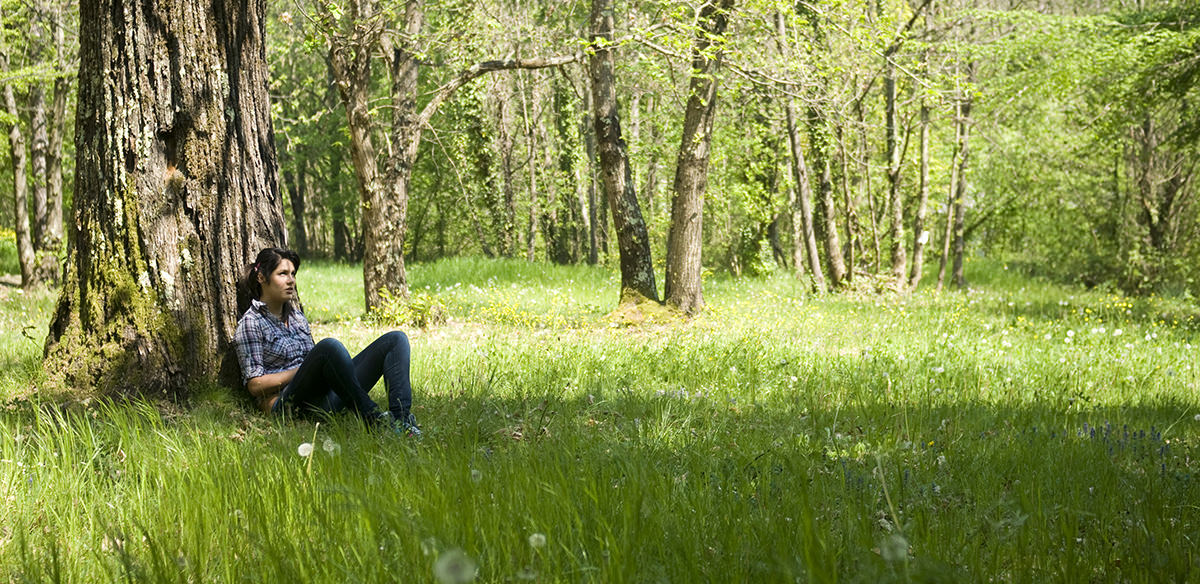
On a hot summer day, where would you rather be?
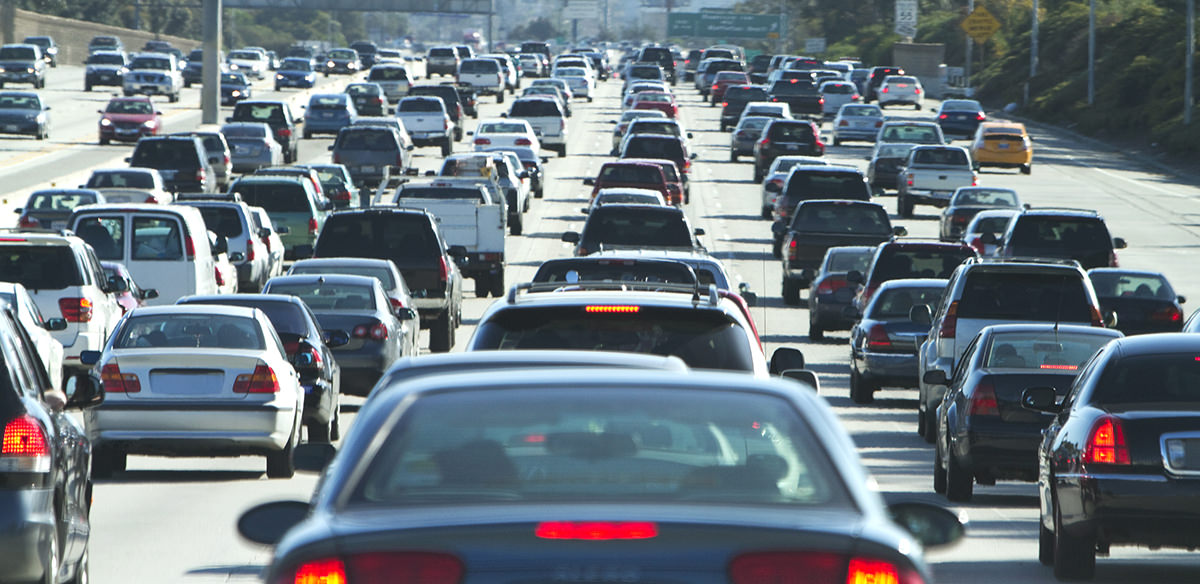
On a hot day the temperature in a city center is up to 10° Fahrenheit warmer than in the surrounding areas. That's because cities have a lot of dark-colored and paved surfaces.

Dark surfaces absorb the sun's heat. Paved surfaces like asphalt and concrete trap the heat.
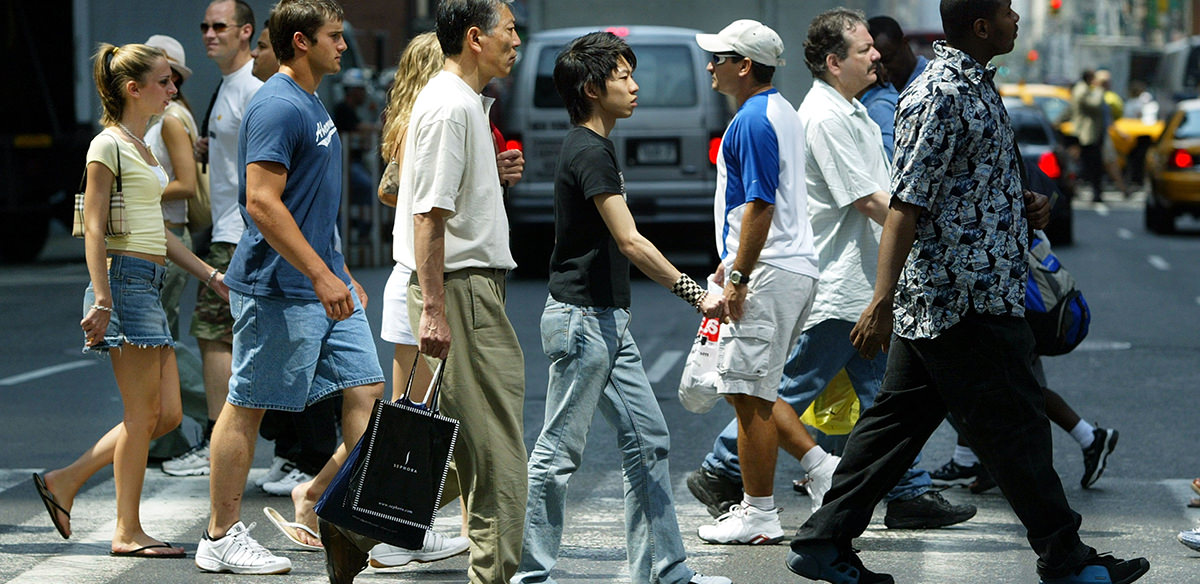
Scientists call this temperature increase the urban heat island effect because concentrated "islands" of heat form when cities replace natural land cover with pavement, buildings, and roads.
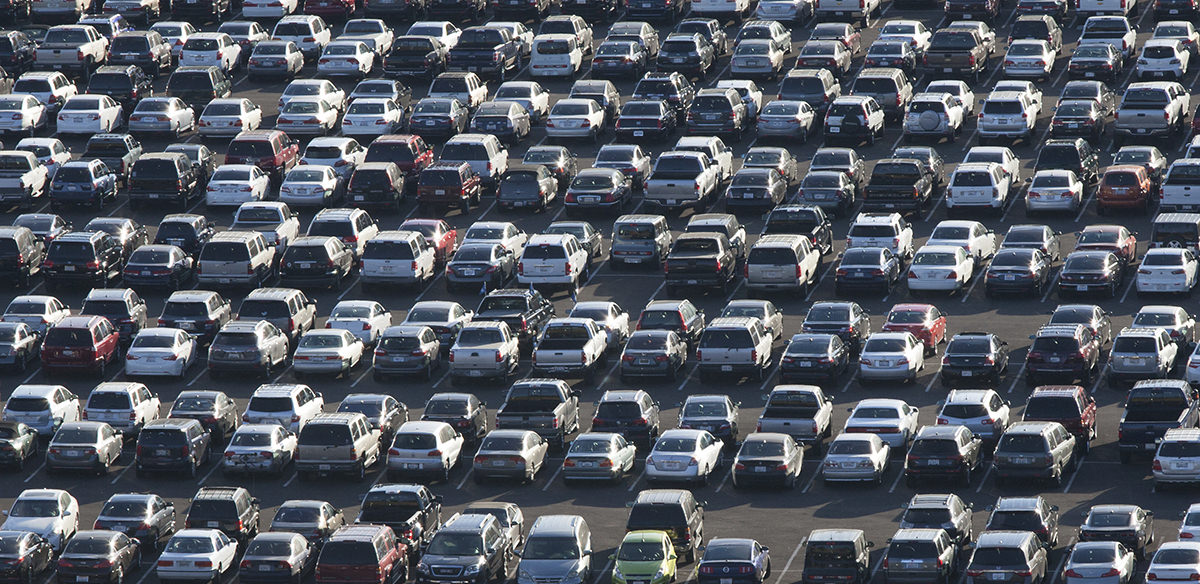
What causes heat islands to form in a city?
Dark surfaces like asphalt on rooftops and tightly-sealed surfaces like asphalt roofs and concrete parking lots absorb heat from the sun during the day.

This heat is then radiated back into the Earth's atmosphere at night forming a dome of higher temperatures over the city.
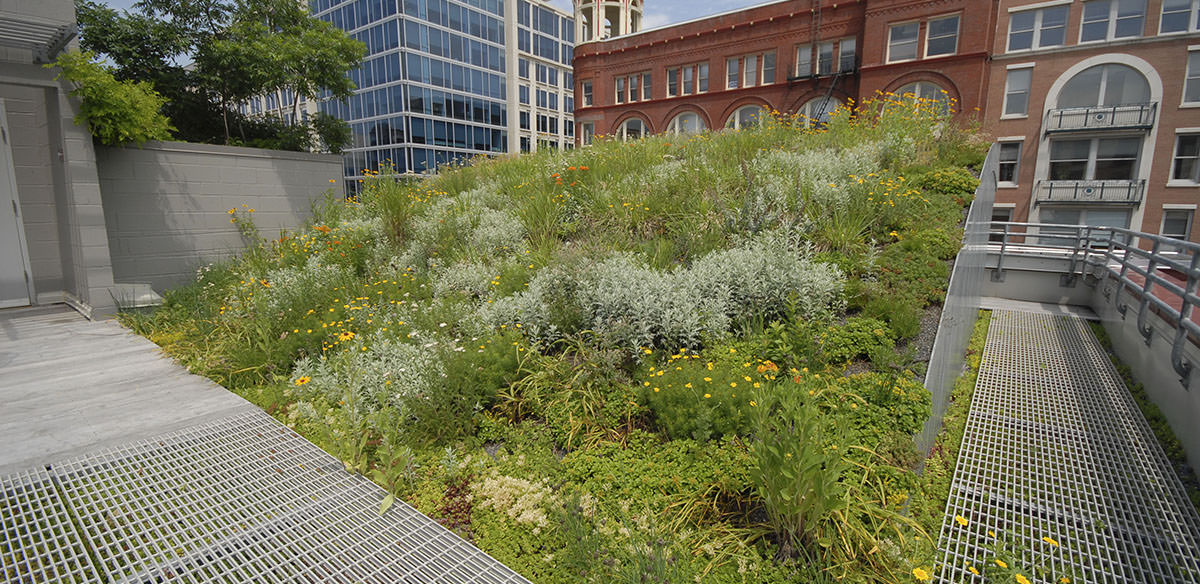
As cities grow there are fewer trees and plants to help cool the air. Green roofs can help reduce the heat island effect, and save energy too.
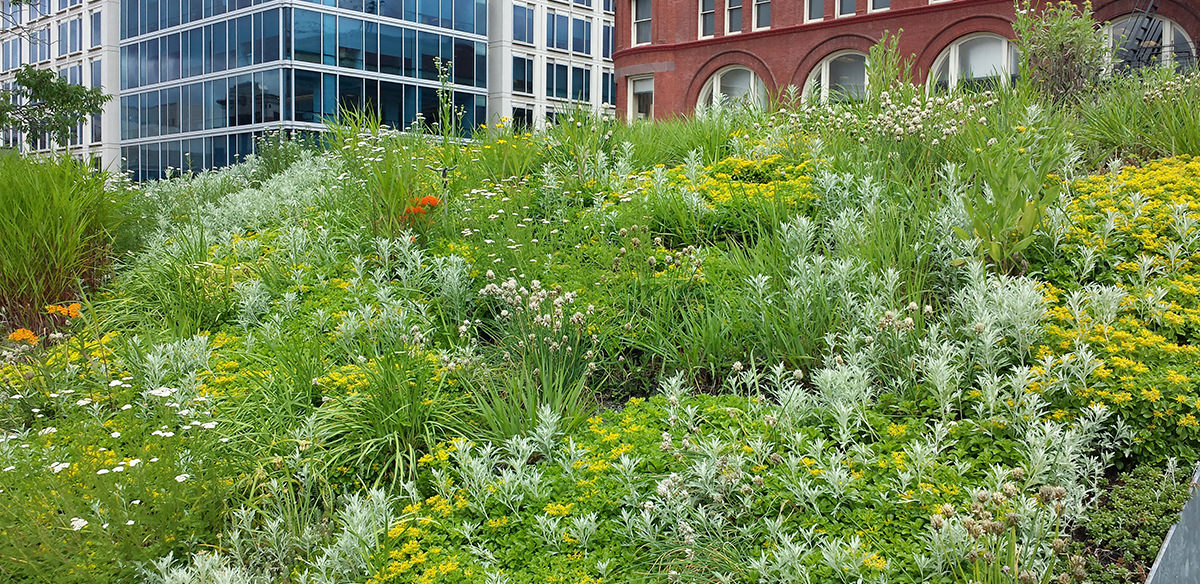
Plants on a green roof help reduce the temperature in a city.
- They act as a shade barrier.
- They lower the air temperature through evapotranspiration.
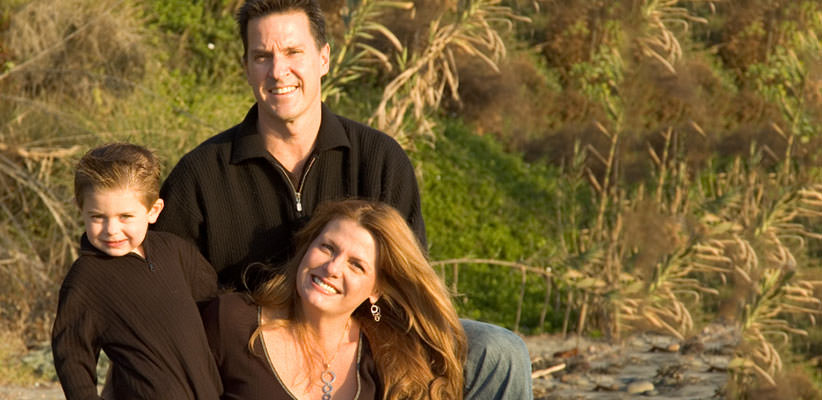
Plants act as a shade barrier. If you've ever worn a dark t-shirt on a sunny day, you know that dark materials absorb more heat from the sun.
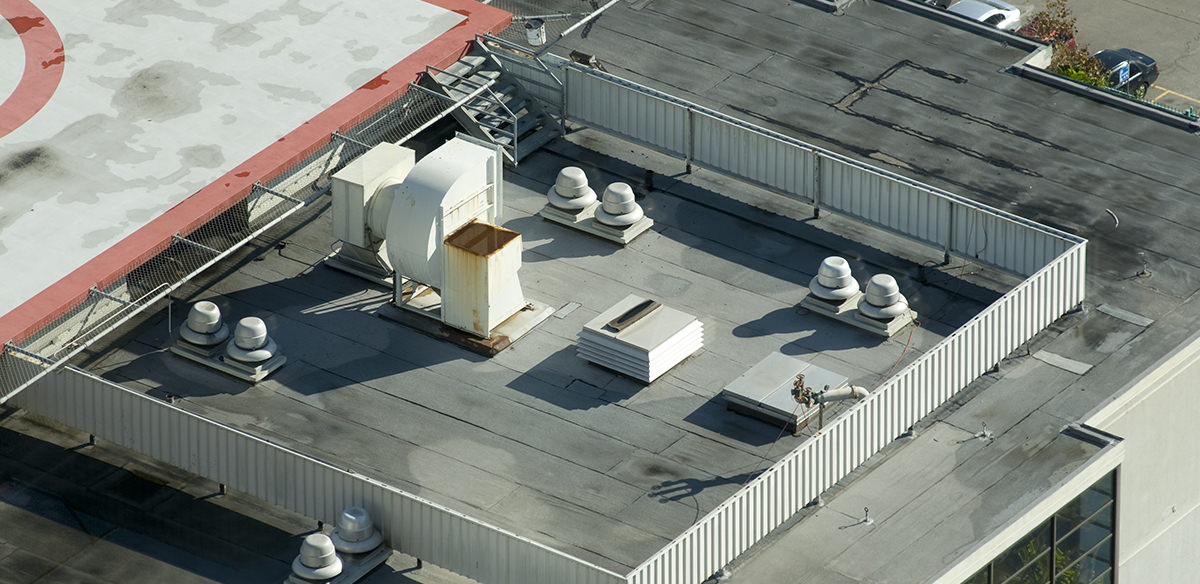
Many roofs are made of asphalt. Since asphalt is a dark material, it absorbs heat from the sun. The plants on a green roof form a barrier that prevents a dark roof surface from absorbing sunlight and reflecting it as heat energy.
Did you know that the temperature on conventional city rooftops can easily reach 150° to 175°F or higher in the summer?
Yet the temperature on a green roof stays close to the temperature of the surrounding air. On a hot day, the temperature on a green roof can be 40° to 50°F less than on a conventional roof.
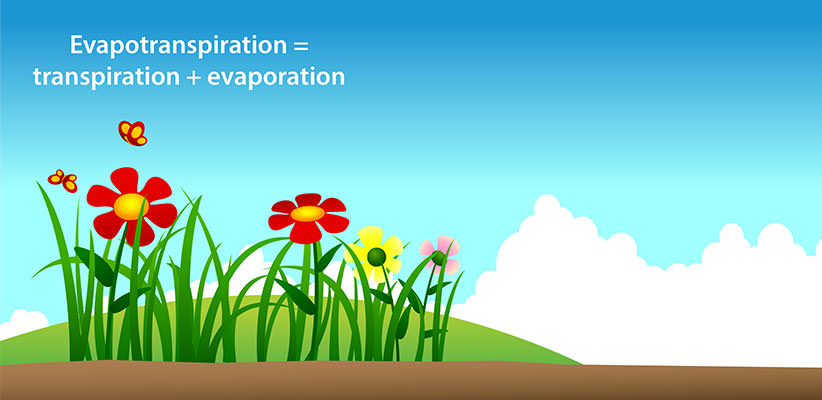
Plants reduce the air temperature through a process called evapotranspiration.
Evapotranspiration is the combination of two natural processes:
- Transpiration
- Evaporation
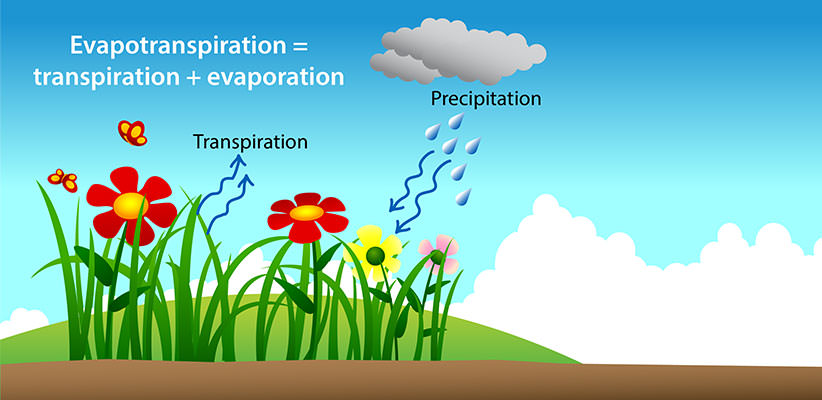
Plants release or "transpire" water through pores in their leaves. These pores are called stomata. In a way, plants sweat like people do.
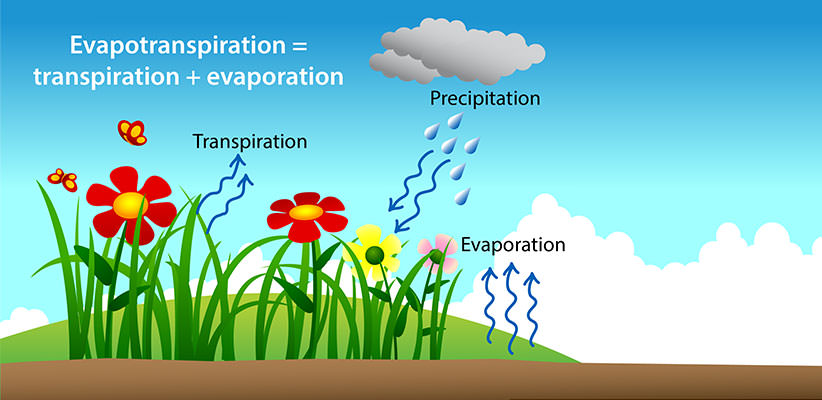
The water on a plant's leaves draws heat as it evaporates. This cools the surrounding air in the process.
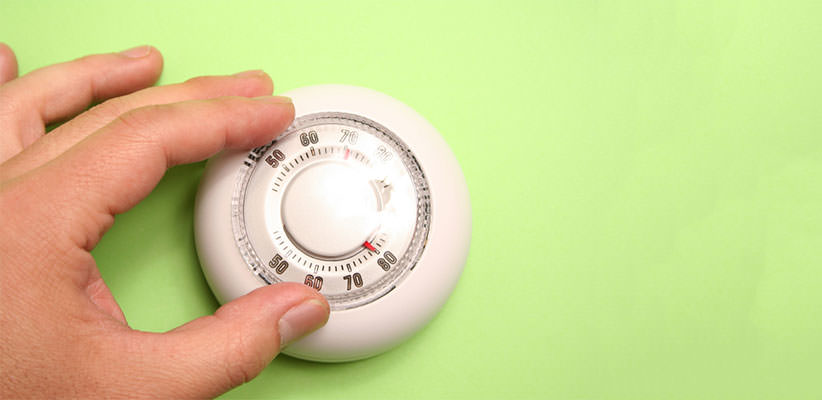
Green roofs can help save energy during hot summer months. When the temperature is higher, people use more energy because they tend to turn up the air conditioning.
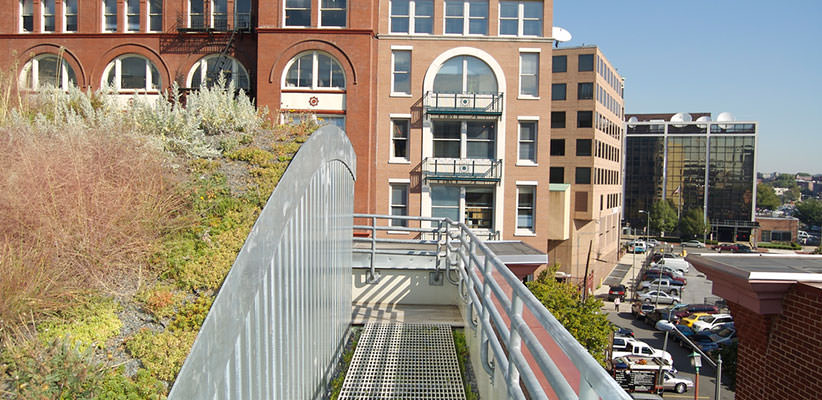
Green roofs help reduce a building's cooling costs because they shade the roof surface and prevent the roof from heating up. When air temperatures are cooler, the need for air conditioning decreases and energy consumption is reduced.
It is estimated that a change of 1.8° Fahrenheit (1° Celsius) results in a 5% reduction in cooling demands on a building.

There are two main temperature scales.
- Fahrenheit — Used in U.S.
- Celsius — Part of the metric system, used in most other countries.
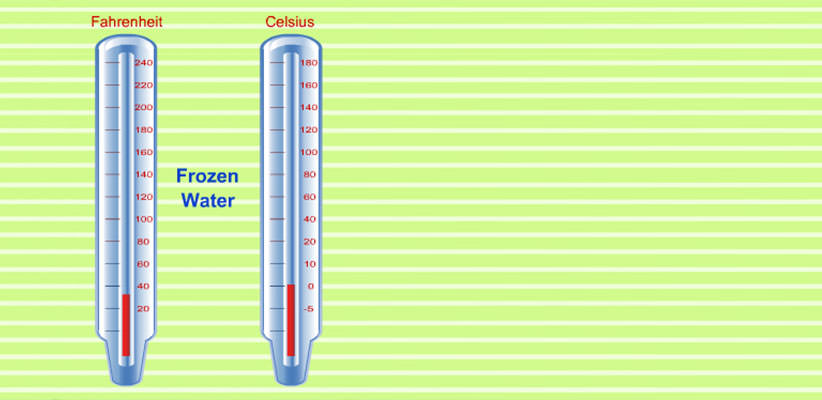
Did You Know Fahrenheit and Celsius both measure temperature, just using different numbers.
- Frozen water measures 0° in Celsius, but 32° in Fahrenheit.
- Boiling water measures 100° in Celsius, but 212° in Fahrenheit.
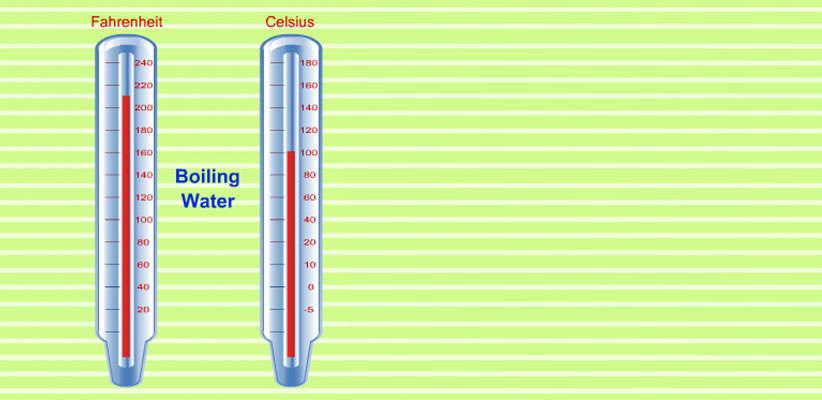
To convert from one temperature scale to the other, use these formulas:
- °F to °C — Deduct 32, then multiply by 5, then divide by 9.
- °C to °F — Multiply by 9, then divide by 5, then add 32.
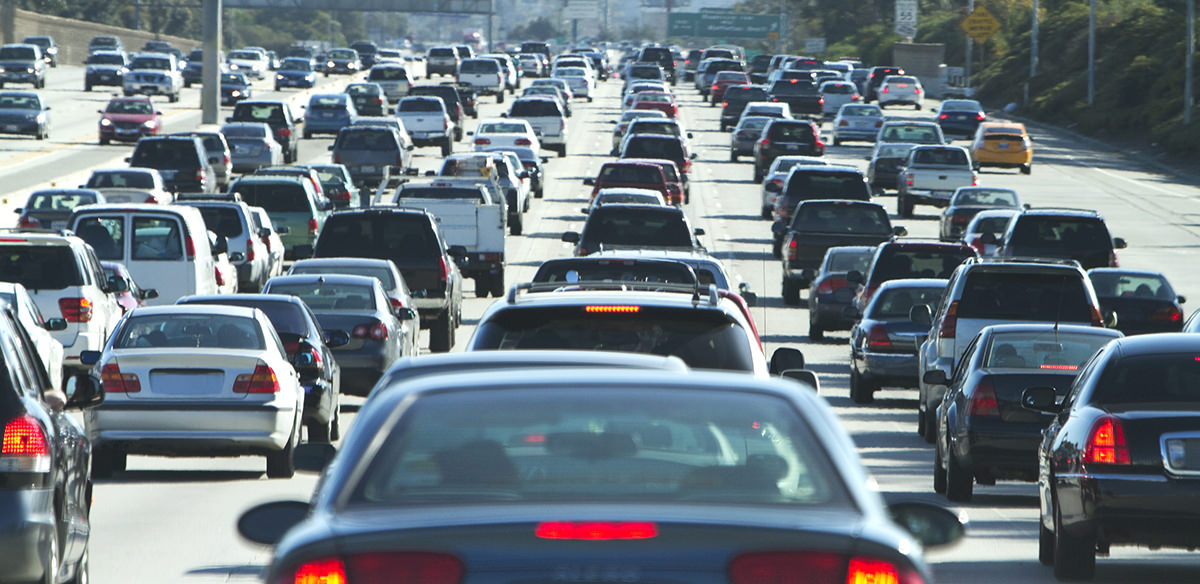
Green roofs can help reduce the temperature increase caused by the urban heat island effect.
- What areas in your city do you think contribute to the urban heat island effect?
- Are there some places that help reduce the effect?
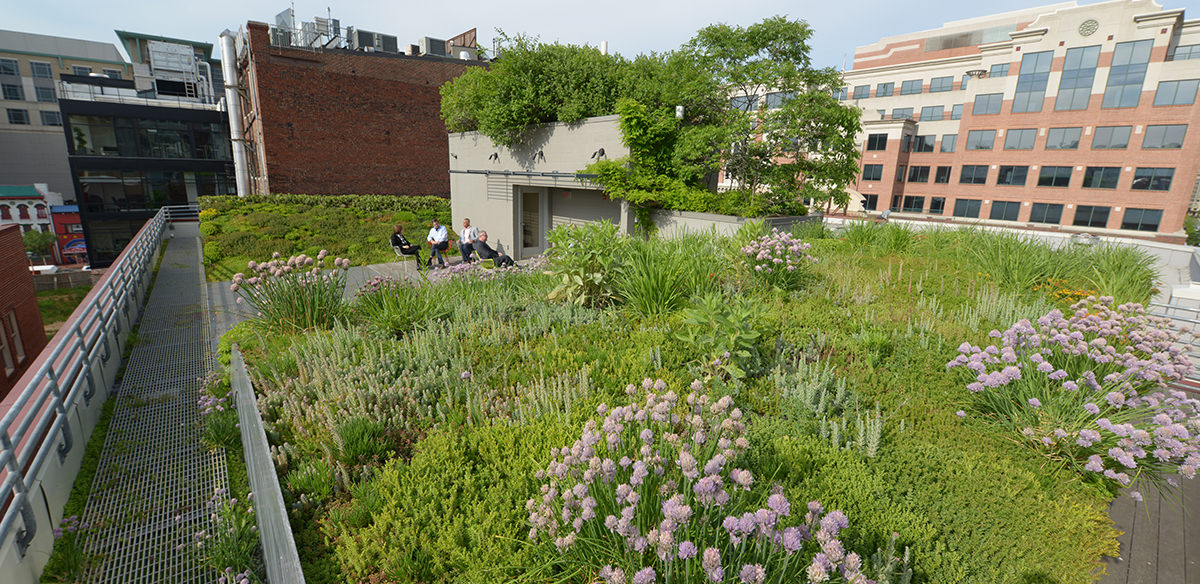
What's your opinion?
People and the environment would benefit if green roofs were put on some new and existing buildings where you live.


The ASLA Green Roof Education Program is made possible by a grant from the National Endowment for the Arts and a generous contribution from the landscape architecture firm Lewis Scully Gionet, Inc.
Sponsored by ASLA | © 2016





















